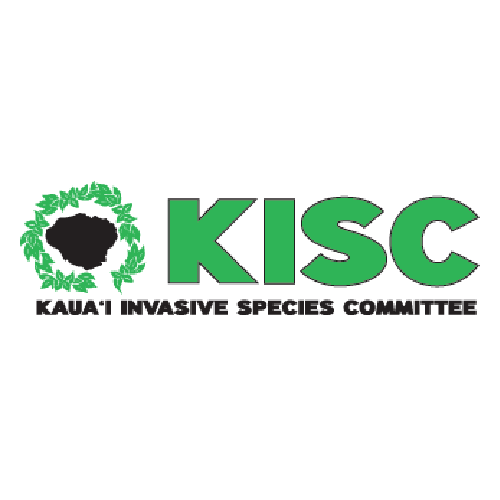Family: Asteraceae
Lactuca serriola (prickly lettuce) is an invasive, spiny-leafed weed native to Eurasia that has spread globally to disturbed areas, agricultural fields, and roadsides. This fast-growing biennial competes aggressively with crops and other plants for resources, reducing yields in farmlands and potentially displacing vulnerable species in natural ecosystems. Its wind-dispersed seeds enable rapid colonization, while its deep taproot makes manual removal difficult.
It has been reported on iNaturalist as present, and likely naturalized, on the Hawaiian Islands of Oahu, Maui, Lanai, Kauai and Hawaii.
High Risk Traits:
- Thrives and can spread in regions with tropical climates
- Broad climate suitability and elevation range
- Widely naturalized
- A disturbance weed
- An agricultural weed of several crops
- An environmental weed in Australia
- Other Lactuca species are invasive weeds
- Spiny leaves
- Potentially allelopathic
- Young plants can cause pulmonary emphysema if consumed by cattle
- Host of crop pests and pathogens
- Tolerates many soil types (not limited by substrate)
- Capable of forming dense cover
- Reproduces by seed
- Self-compatible (capable of self-fertilization)
- Reaches maturity in 1 growing season
- Seeds dispersed by wind, water, human traffic and equipment, and as a crop contaminant
- Prolific seed production
- Seeds may persist for 1 to 3 years
Low Risk Traits:
- Palatable to animals (although spines and sap may deter some browsing)
- Grows best in high light environments (dense shade may inhibit spread)
- Herbicides can provide effective control
- Susceptible to cultivation, and not usually found in tilled agricultural fields




